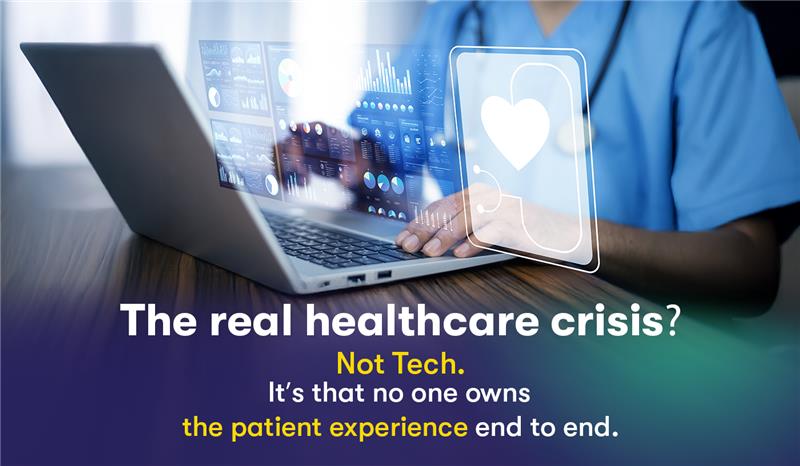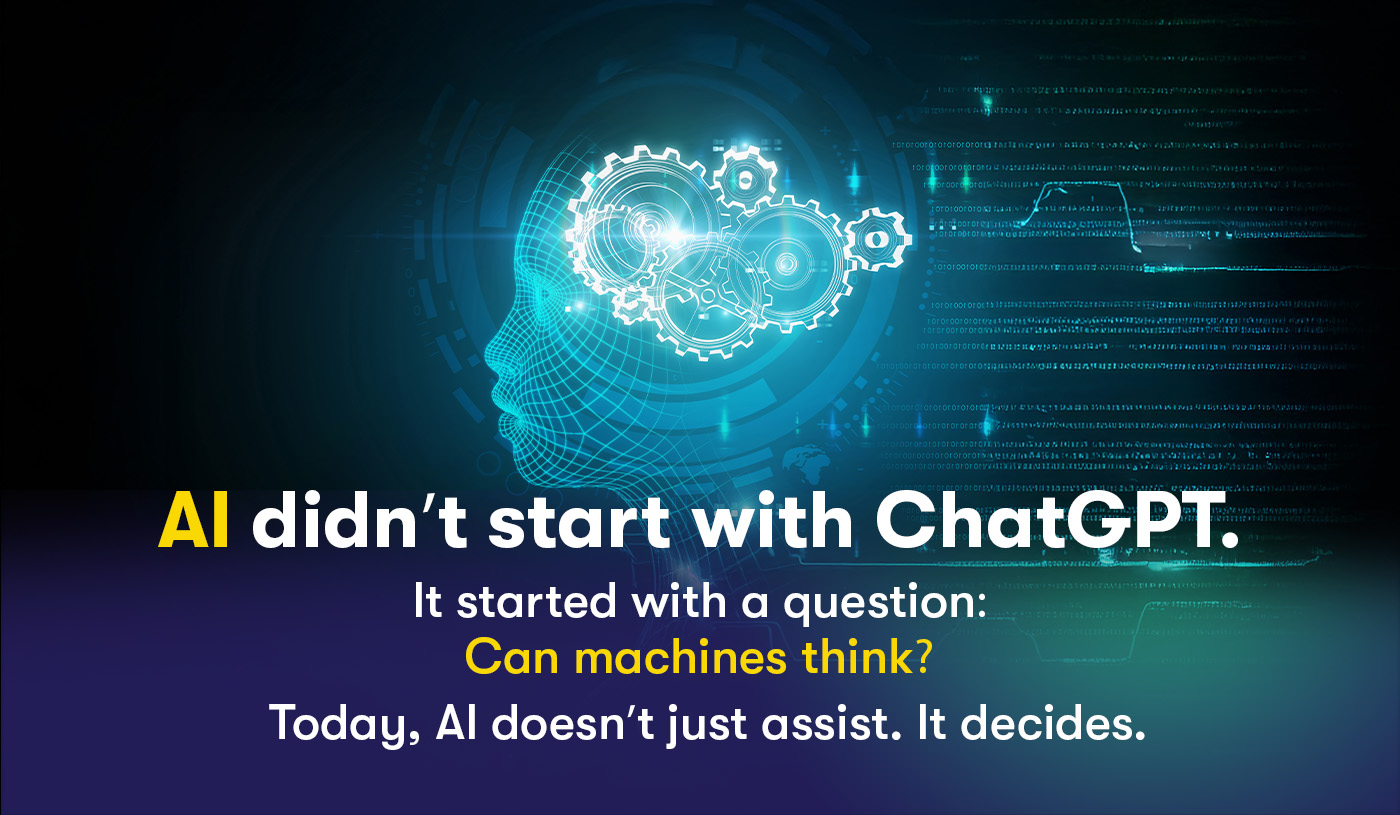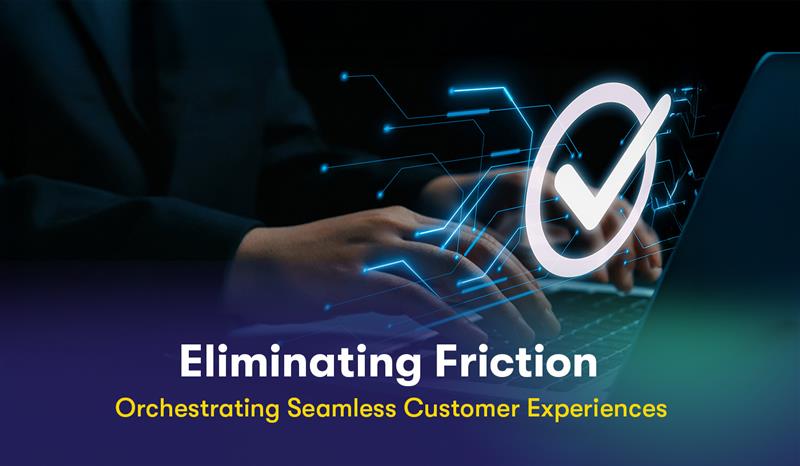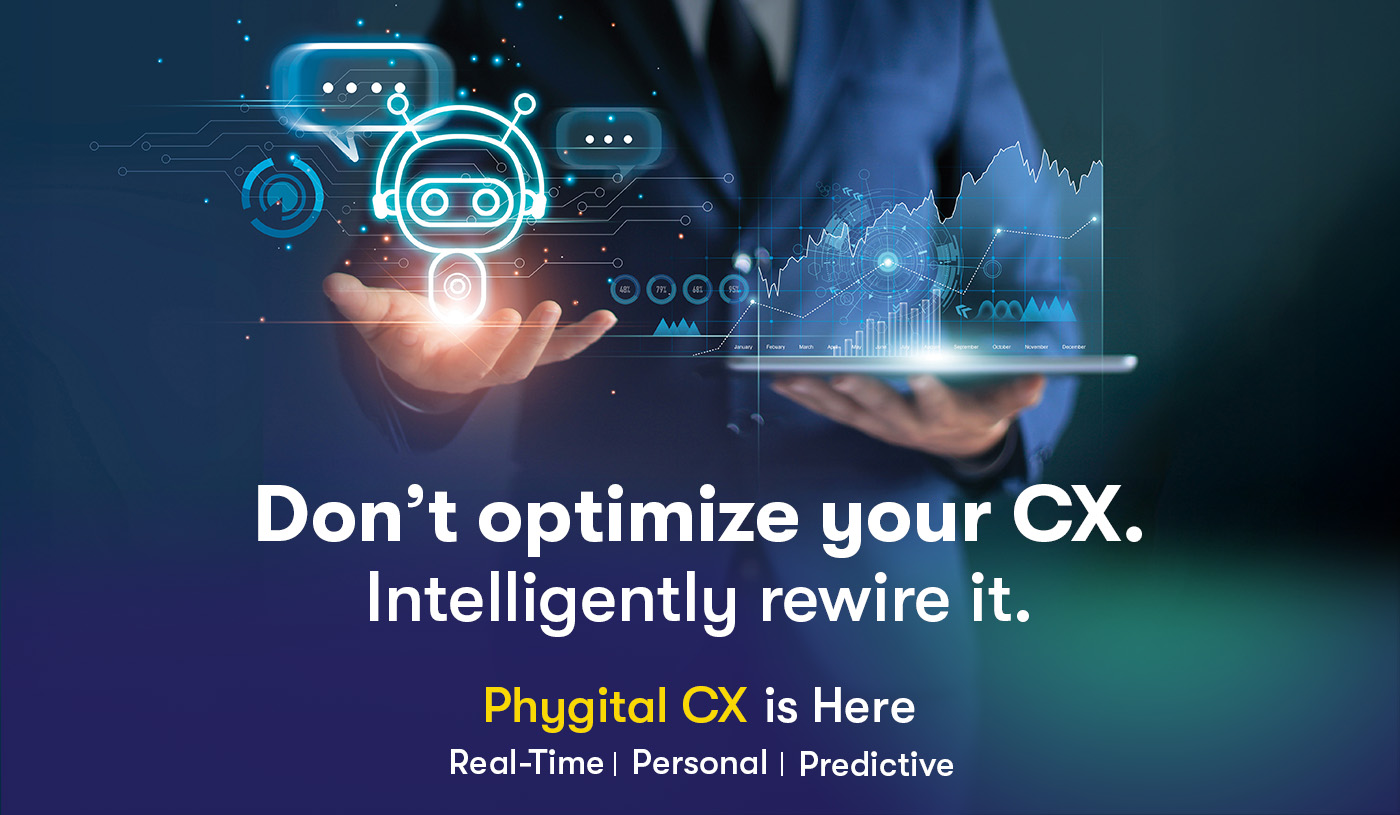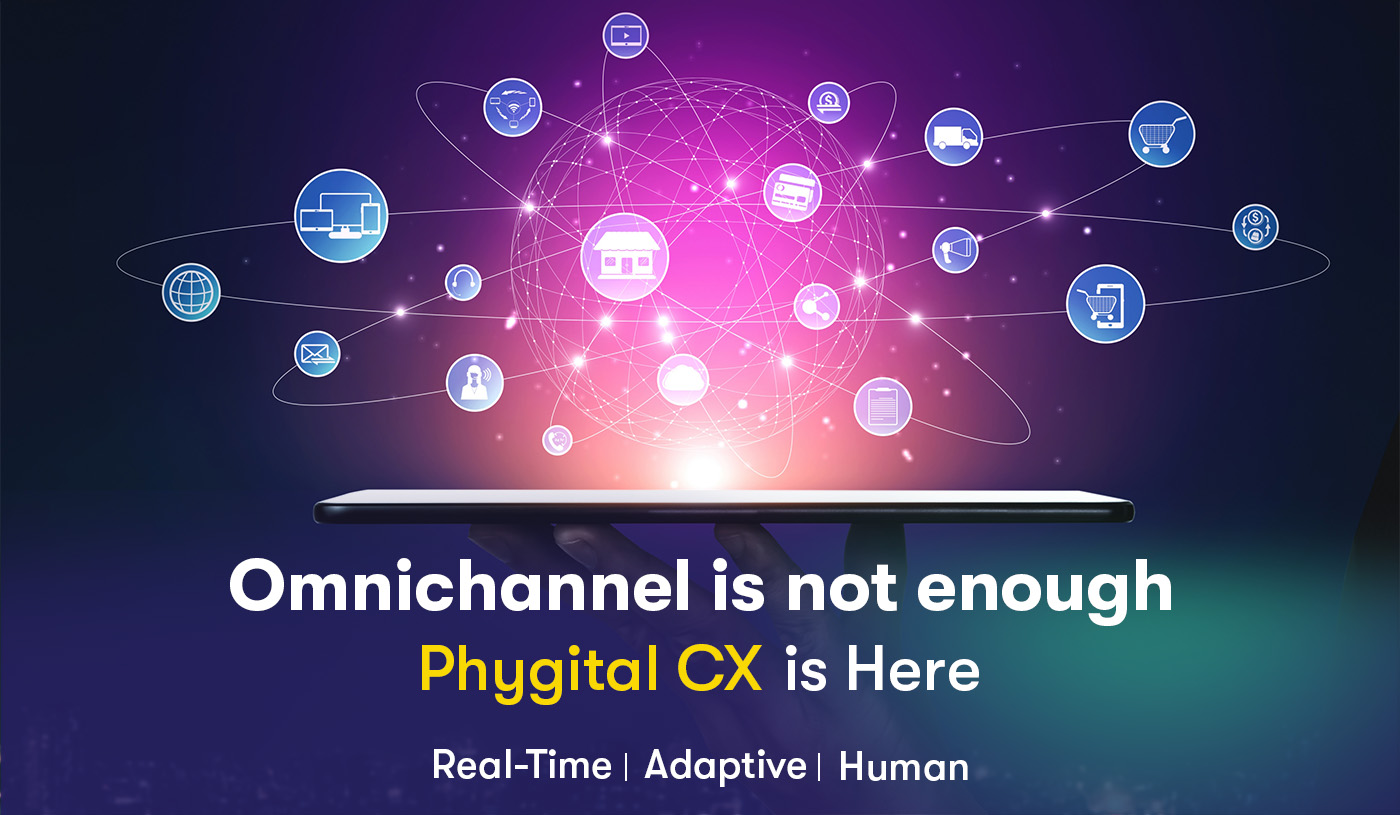Global MarTech Insights & Opinions
September 23, 2020
by
weaddoadmin
July 9, 2025
by
vikas weaddo
July 7, 2025
by
vikas weaddo
June 23, 2025
by
vikas weaddo
June 20, 2025
by
vikas weaddo
Blogs
September 23, 2020
by
weaddoadmin
April 4, 2024
by
weaddoadmin
April 18, 2024
by
weaddoadmin
April 24, 2024
by
weaddoadmin
May 10, 2024
by
weaddoadmin
May 23, 2024
by
weaddoadmin
June 3, 2024
by
weaddoadmin
July 4, 2024
by
weaddoadmin
July 26, 2024
by
weaddoadmin
October 24, 2024
by
Nishant weaddo
June 16, 2025
by
vikas weaddo
June 20, 2025
by
vikas weaddo
June 23, 2025
by
vikas weaddo
July 7, 2025
by
vikas weaddo
July 9, 2025
by
vikas weaddo
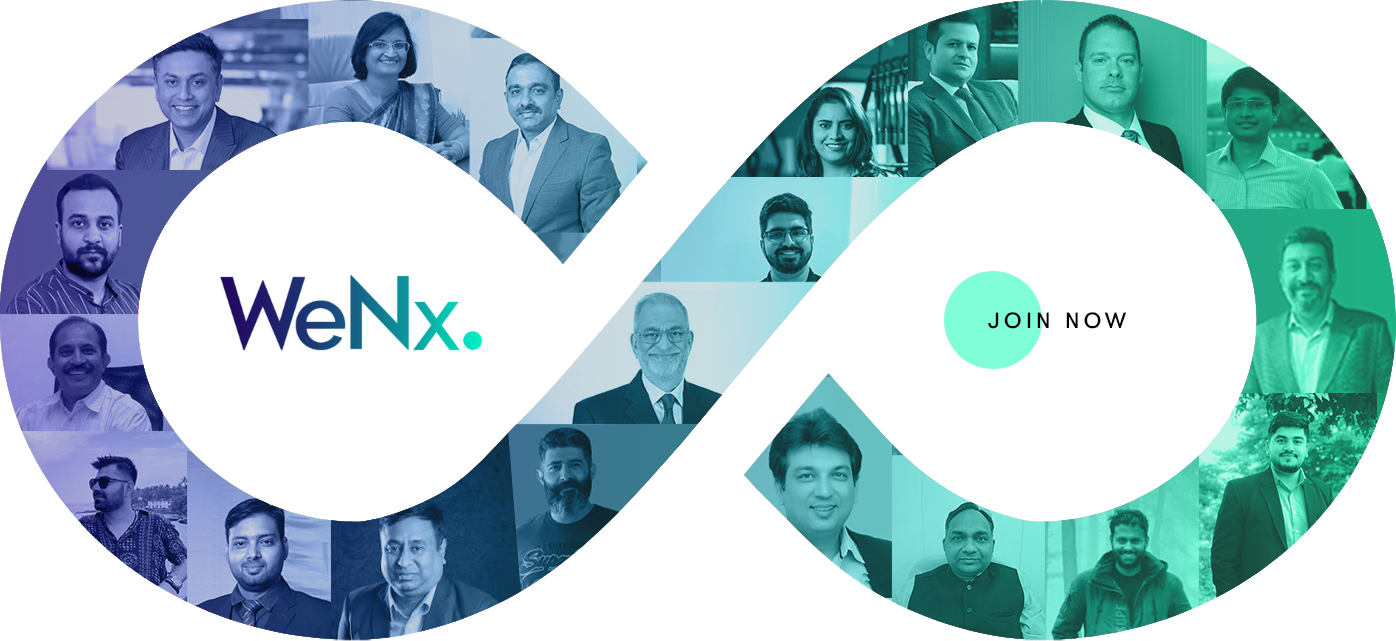
WeNx. is more than just a platform – It’s where ideas converge, relationships are built, and the future of MarTech, AI and Business transformation is shaped.
News & Media
No posts were found for provided query parameters.
Insights
No posts were found for provided query parameters.

